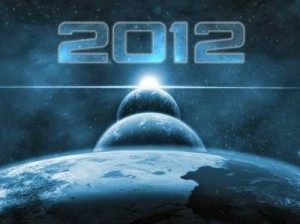
If you like numbers (mathematics), figures or the whole arithmetic world then you will defiantly love this. Something caught my attention some days back, it’s something we all know but I guess a lot of us never took note of it, well to cut the long speech short, it’s the calendar arrangement of the months in the year 2012, you will notice something unique about them, it is far from the regular. The first three weekdays of any 31-day month are repeated 5 times within that month. Every year has 7 months with 31 days. Each of these 7 months has three weekdays of which there are 5. There are 7 different days a month can start on. So on average, over time, each combination happens once yearly. But for each individual year, there are only 6 of 7 combinations, and two 31-day months start on the same weekday.
In the year 2012 January (5 Mondays, 5 Tuesdays, 5 Sundays), March (5 Thursdays, 5 Fridays ,5 Saturdays), May (5 Tuesdays, 5 Wednesdays, 5 Fridays), July (5 Sundays, 5 Mondays ,5 Tuesdays), August (5 Wednesdays, 5 Thursdays, 5 Fridays), October (5 Mondays, 5 Tuesdays, 5 Wednesday), December (5 Saturdays, 5 Sundays, 5 Mondays) such reoccurrences are called Money Bags.
In a common/regular year, January and October look the same. In a leap year, January and July look the same. Please you all should look at the month of July, this year has 5 Sundays, 5 Mondays and 5 Tuesdays, and apparently this happens once in every 823 years. This may not mean a lot to people but as for me I love reoccurrences; it just makes the world of number more fun.
2012 is not just a regular year; apart from the reoccurrence of the calendar year, the year 2012 happens to be a leap year
Leap year
A leap year is a year containing one additional day in order to keep the calendar year synchronized with the astronomical or seasonal year. A year that is not a leap year is called a common year.
For example, in the Gregorian calendar (a common solar calendar), February in a leap year has 29 days instead of the usual 28, so the year lasts 366 days instead of the usual 365
Leap years are added to the calendar to keep it working properly. The 365 days of the annual calendar are meant to match up with the solar year. A solar year is the time it takes the Earth to complete its orbit around the Sun about one year. But the actual time it takes for the Earth to travel around the Sun is in fact a little longer than that ,it’s about 365 ¼ days (365 days, 5 hours, 48 minutes, and 46 seconds, to be precise). So the calendar and the solar year don’t completely match—the calendar year is a touch shorter than the solar year.


